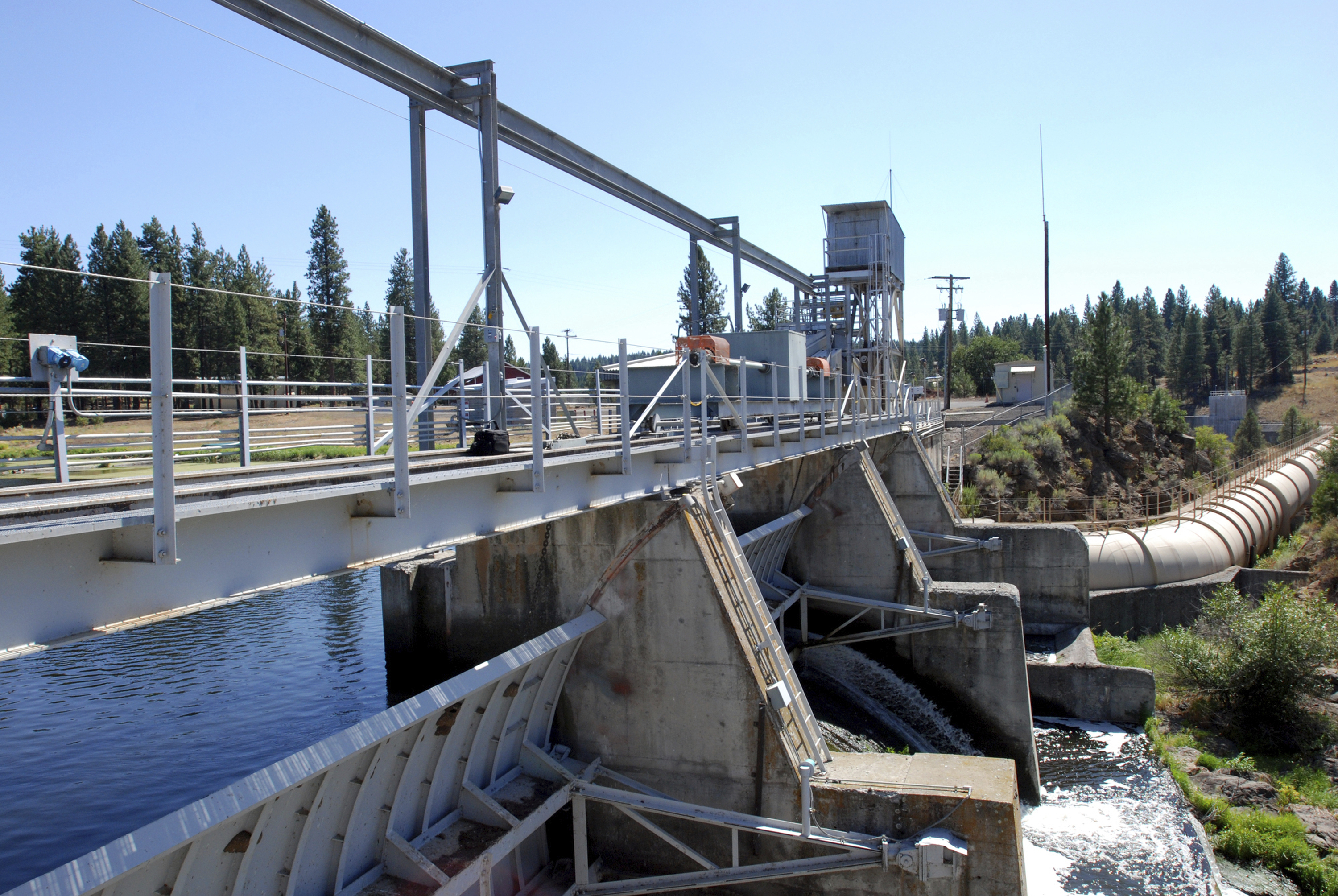GILLIAN FLACCUS/Associated Press/Oregon Public Broadcasting
United States regulators approved a major milestone Thursday in a plan to demolish four dams on a California river and open up hundreds of miles of salmon habitat that would be the largest dam removal and river restoration project in the world when it goes forward.
The Federal Energy Regulatory Commission vote on the lower Klamath River dams is the last major regulatory hurdle and the biggest milestone for a $500 million demolition proposal championed by Native American tribes and environmentalists for years.

The project would return the lower half of California’s second-largest river to a free-flowing state for the first time in more than a century.
Native tribes that rely on the Klamath River and its salmon for their way of life have been a driving force behind bringing the dams down.
Commissioners called the decision “momentous” and “historic” and spoke of the importance of taking the action during National Native American Heritage Month because of its importance to restoring salmon and reviving the river that is at the heart of the culture of several tribes in the region.
Members of the Yurok, Karuk and Hoopa tribes lit a bonfire and watched the vote on a remote Klamath River sandbar via a satellite uplink to symbolize their hopes for the river’s renewal.
“I understand that some of those tribes are watching this meeting today on the (river) bar and I raise a toast to you,” Commissioner Willie Phillips said.
Oregon, California and the Klamath River Renewal Corporation — the entity formed to oversee the demolition and environmental mitigation — must sign off on the license surrender and address any additional requirements and then work can begin.
The smallest dam, Copco 2, could come down as early as this summer. The remaining dams will be drained down very slowly starting in early 2024 with the goal of returning the river to its natural state by the end of that year.
Plans to remove the dams have not been without controversy.
Homeowners on Copco Lake, a large reservoir, vigorously oppose the demolition plan and rate payers in the rural counties around the dams worry about taxpayers shouldering the cost of any overruns or liability problems.
“The whole question is, will this add to the increased production of salmon? It has everything to do with what’s going on in the ocean (and) we think this will turn out to be a futile effort,” said Richard Marshall, head of the Siskiyou County Water Users Association. “Nobody’s ever tried to take care of the problem by taking care of the existing situation without just removing the dams.”


